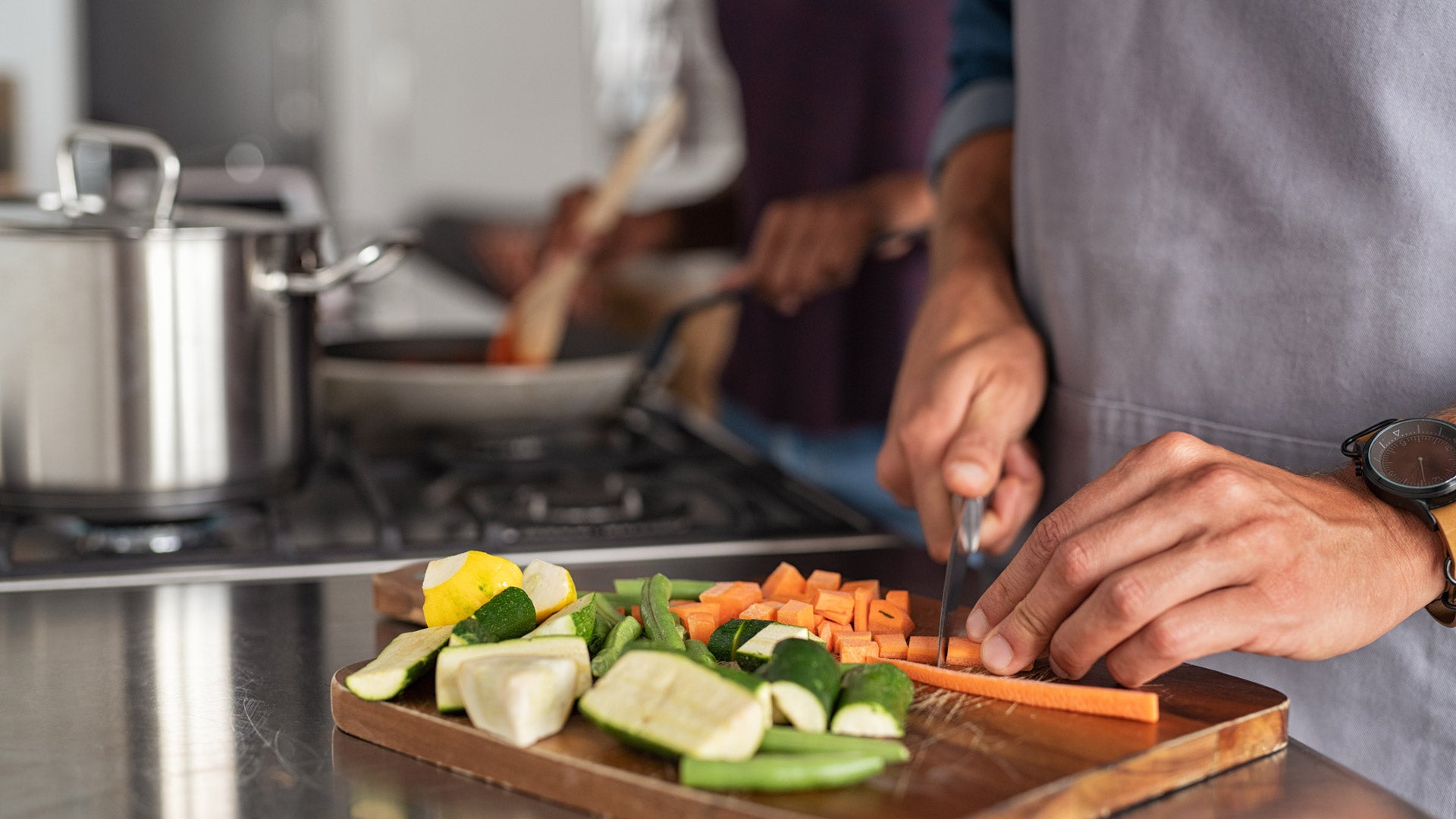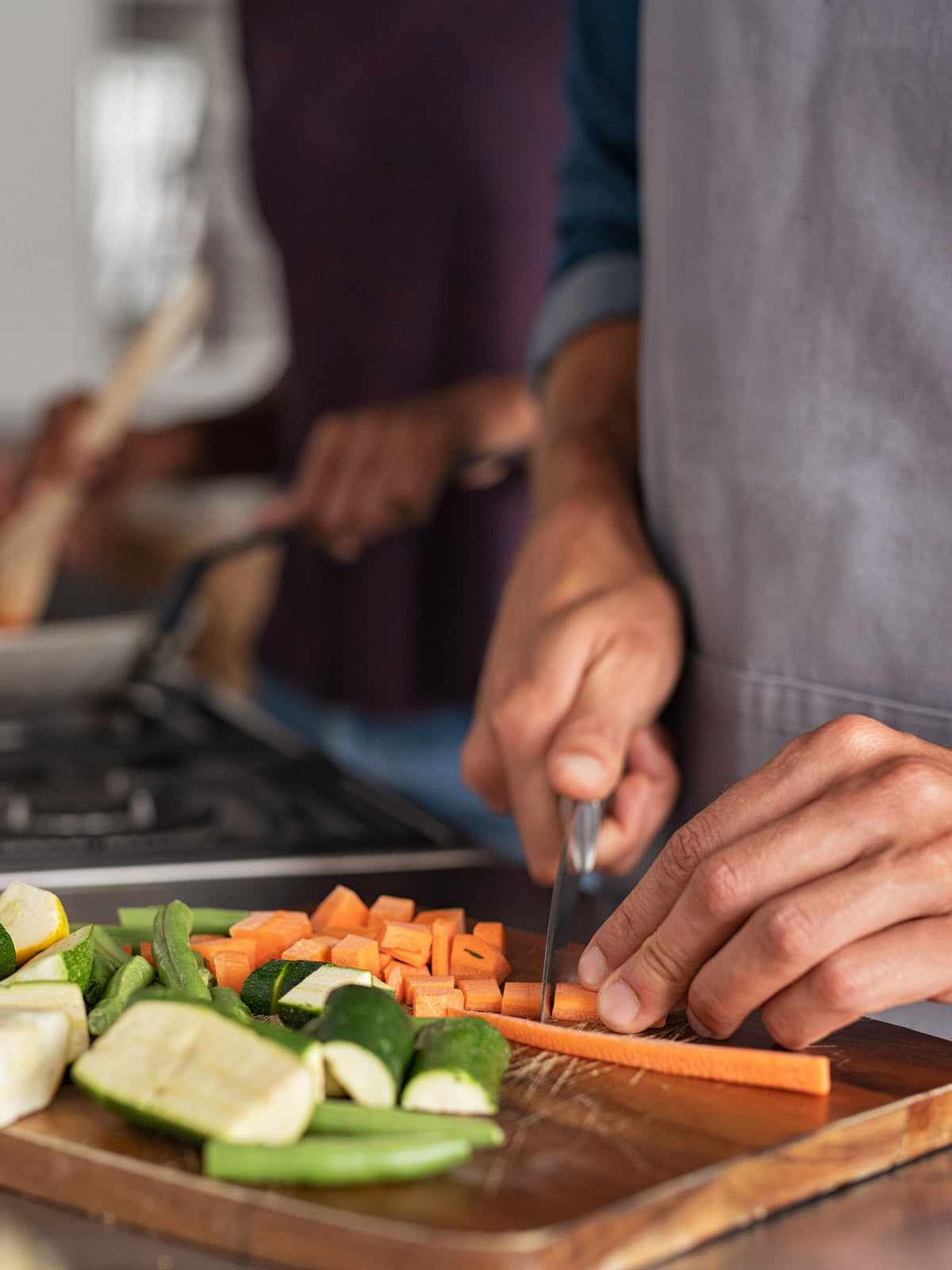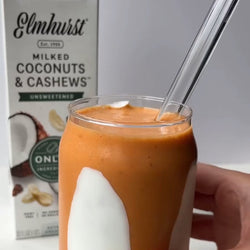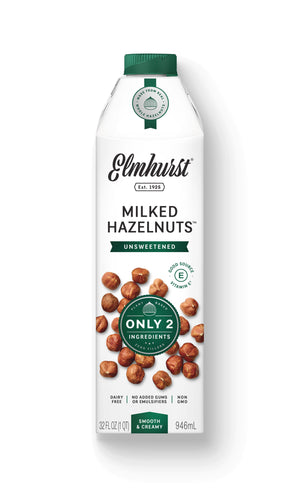What is Whole30®: Tips to Help You Wholly Understand This Lifestyle


Remember the low-carb craze that kicked off in the early 2000s? Since then, a parade of diets has marched through, many aiming to flip that old food pyramid we knew from the school cafeteria wall.
The carb-heavy foods at the pyramid’s base have often been the first to go. Easy targets, right? But some plans push further, asking you to sideline multiple food groups, and then some!
That’s Whole30 for you, but calling it a diet doesn’t quite capture it; it’s more of a 30-day lifestyle experiment.
How Popular is Whole30?
While Melissa Urban, the co-founder and CEO of Whole30, touted the program's ongoing popularity in late 2024, it’s past its 2016 - 2018 peak when it was arguably the diet or lifestyle plan to follow. Today, many discussions around Whole30 center on its sustainability compared to other health and wellness trends, though the program maintains a loyal following.
For comparison, the Whole30 subreddit has 78,000 members as of June 2025, the Paleo subreddit boasts 170,000 members, and the Keto subreddit has a whopping 3.9 million members!
But what’s more important than those numbers is whether Whole30 will work for you.
Let’s take a look.
What is the Whole30 lifestyle?
Whole30 was introduced in 2009 by certified sports nutritionists Melissa and Dallas Hartwig, accompanied by a bestselling book. The name combines two core ideas:
- Eating whole rather than processed foods; and
- Maintaining an unforgiving, Spartan menu for 30 days.
You’ll see the “can” and “can’t” eat lists below - spoiler, the “can’t” list is long! - but the goal is to identify and eliminate foods that might be robbing your sleep, draining your energy, disrupting your digestion, or fueling unmanageable and unhealthy cravings.
After 30 days, a marathon with no slip-ups allowed, you systematically reintroduce off-limit foods to see what works for you and start to build your ideal eating plan. Ideally, you’ll also gain more self-control and a genuine preference for whole foods.
What Food Can I Eat on the Whole30 Diet?
It might be easier to swap “can” with “can’t.” This isn’t an easy menu, but you have options.
Foods You CAN Eat on Whole30
- Vegetables, including potatoes
- Fruit
- Seafood
- Unprocessed meats (no deli, hot dogs, etc.)
- Nuts and seeds
- Eggs
- Olive oil and coconut oil
- Black coffee (no sugar, Splenda, or dairy creamer allowed)
Foods You CAN’T Eat on Whole30
- Dairy
- Grains (including corn and rice)
- Added sugar or artificial sweetener
- Legumes (beans, soy, peanuts, etc.)
- Pasta
- Bread
- Baked goods
- Junk foods
- Carrageenan, MSG, or sulfites - you’ll need to get used to checking ingredient lists!
- Alcohol
What are the Differences Between Keto, Paleo, and Whole30?
While the Keto diet and the Paleo diet are designed for permanence, Whole30 is built as a temporary cleanse. Some might extend beyond 30 days, but most will eagerly reintroduce some off-limit foods once it’s over, hopefully more wisely than before.
Focusing on just the 30 days, you’ll notice many similarities and just a few differences between these three hot diets of our day.
Whole30 v Keto
Atkins, fad diet or not, foreshadowed the whole “low-carb” trend. Both Keto and Whole30 are hostile to sugars and grains. As such, both are likely to spark ketosis – a process by which the carb-deprived body turns to breaking down fats for energy, except that in Whole30, this is more of an effect than a goal.
That’s because Whole30 is inherently a lifestyle reset, and not primarily a weight-loss diet.
Regarding food allowances, Keto restricts starchy potatoes but allows dairy; Whole30 is the opposite, so Keto will generally be higher in fat and protein and lower in carbs than Whole30.
Whole30 v Paleo
And the difference is…? True, they’re similar in their rules. Both encourage you to eat whole, unprocessed foods and effectively abolish the same food groups: legumes, grains, and dairy primarily. The differences are a matter of degree. Whole30 leans toward lean meats. Paleo lets you go for the big old fatty steak. As such, Paleo’s optimal macronutrient ratio will be a bit higher in saturated fat and protein than its cousin, Whole30.
What are the Benefits of the Whole30 Diet Plan?
While it demands commitment, sticking to the Whole30 plan can bring impressive rewards for your body and mindset.
It’s an accomplishment
Enduring 30 days of, by some accounts, misery might reveal a strength of will you never knew you had. Just like a half-marathoner isn’t daunted by a 5K, conquering this dietary challenge could inspire you to adopt smaller, sustainable eating habits long-term.
Anti-inflammatory
Many of Whole30’s restrictions aim to combat chronic inflammation, a common factor in various health concerns. Added sugars, fried foods, refined carbohydrates, and vegetable oils may all play a role. On Whole30, most of these are out.
Defined reintroduction plan
Eternal Whole30 may be the stuff of Dante, and the founders don’t expect you to continue past the day and minute of expiration. Accordingly, the diet/lifestyle reset (whichever you prefer) provides guidance for returning to a less restrictive, personally tailored diet. Systematically reintroducing foods and assessing your body’s reaction from a “clean slate” helps identify and remove the problems.
It can change the way you look at food
You’ll likely find yourself reading labels more carefully, putting down things with weird ingredients, and ultimately eating more clean-label, minimally processed whole foods. If the Whole30 graduate takes one thing from the experience, we think it should be this.
It goes beyond weight loss
The tendency for diets to fixate on weight loss might be misleading. Weight management is good, but not everything, as “the pounds” are not always a perfect reflection of nutritional balance. Whole30’s founders will repeatedly tell you that their plan is not for people looking to lose weight as the top priority. For this, call Jenny Craig. If you’d rather feel better and correct eating habits that you think are keeping you from your best life, you might consider Whole30.
What are the Shortcomings and Risks of the Whole30 Diet Plan?
While Whole30 can bring a heap of benefits, it’s not all smooth sailing. Before you dive in, it’s also wise to consider some potential hurdles and drawbacks of the Whole30 journey.
It’s difficult
The founders say on their website that “this is not hard” relative to other life challenges. But it certainly is relative to diets. While elimination diets are standard practice for professionals, this one is intense. It’s zero tolerance, too. One moment of weakness, like grabbing an office cookie, and you must start over. Some experts also argue that cutting out entire food groups – and, by extension, their key nutrients – is not only harsh but suboptimal.
It eliminates whole grains
Whole30, like Paleo and Keto, doesn’t prioritize grains. Refined grains are one thing, but why whole grains? This contradicts both the USDA and American Heart Association’s nutritional recommendations while depriving the body of a good source of fiber, vitamin E, and more. If it’s a bit excessive for you, Whole30 isn’t going to budge on the matter, and you’ll have to look somewhere else.
You may feel worse before you feel better
Justine Roth, a registered dietitian who tested Whole30, describes a draining cycle. You may start with a period of “I’m really doing it” euphoria, like during the first week of sticking to a New Year’s resolution. Then it gets hard, with bouts of hunger, moodiness, sluggishness (as your body learns to live without carbs), stomach issues, and (if you cheat) guilt. In Jill Waldbieser’s words, it’s “dietary whiplash.”
It takes preparation and time
Chances are you can’t start today, and it might not be the best idea if you’re driving four kids around to ten sports. Knowing this, Whole30’s creators built in a prep period in which you set a start date, clear your kitchen of quick-and-easy cheat foods, arrange for your family and friends not to tempt you, make an emergency snack kit, and build a support network. It seems a bit…dramatic…for a diet, but the results can be a worthwhile payoff.
Frequently Asked Questions About Whole30
Is There Such a Thing as Vegan Whole30?
Yes, Whole30 itself even offers a specific plant-based program.
If you’re already following a plant-based lifestyle and decide to try Whole30, some things will even be easier for you than for the average omnivore. For instance, you won’t have to eliminate dairy because you already have. You’re also probably already well-schooled in reading labels for hidden ingredients. However, you’ll face additional restrictions that can be tough to swallow when you already have limitations, particularly losing a few more food groups entirely in grains, legumes, and baked goods. This leaves you with green vegetables, fruit, potatoes, tree nuts, and healthy oils.
Does Elmhurst Produce Whole30 Approved Milk?
As a plant-based brand, we’re all about making conscious choices. So, which Elmhurst products are out for Whole30?
- All our original nut milks (added sugar)
- All our barista plant milks (added sugar, grains)
- All our oat milks (added sugar, grains)
- Lightly sweetened hemp creamers in vanilla, hazelnut, and golden milk (added sugar)
Is Almond Milk Whole30 Approved?
It is if you buy our Unsweetened Almond Milk! Other brands’ Almond Milk may include hidden nasties like carrageenan or MSG, which aren’t Whole30 approved. Remember to check the ingredients list yourself, even if you pick up a carton that says “Whole30 approved” on it.
As well as our Unsweetened Almond Milk, our Unsweetened Cashew Milk, Unsweetened Walnut Milk, and Unsweetened Hazelnut Milk are all Whole30 approved.
What About Your Coconut Cashew? Is Coconut Milk Whole30 Approved?
Elmhurst’s Unsweetened Coconut Cashew Milk contains only four ingredients, so it is suitable for your Whole30 efforts.
Is Whole30 Right for Me?
Whole30 can be challenging and rewarding, but it’s not for everyone. It has soared to popularity on a noble aspiration of changing lifestyles rather than waistlines. So, if losing weight comes first, move on. But for a complete “reset” of established patterns you suspect may be causing you trouble, it might be worth the effort. We’ve provided you with the pros and cons - now you can choose and know that Elmhurst unsweetened nut milks are here for you, whatever you decide!




